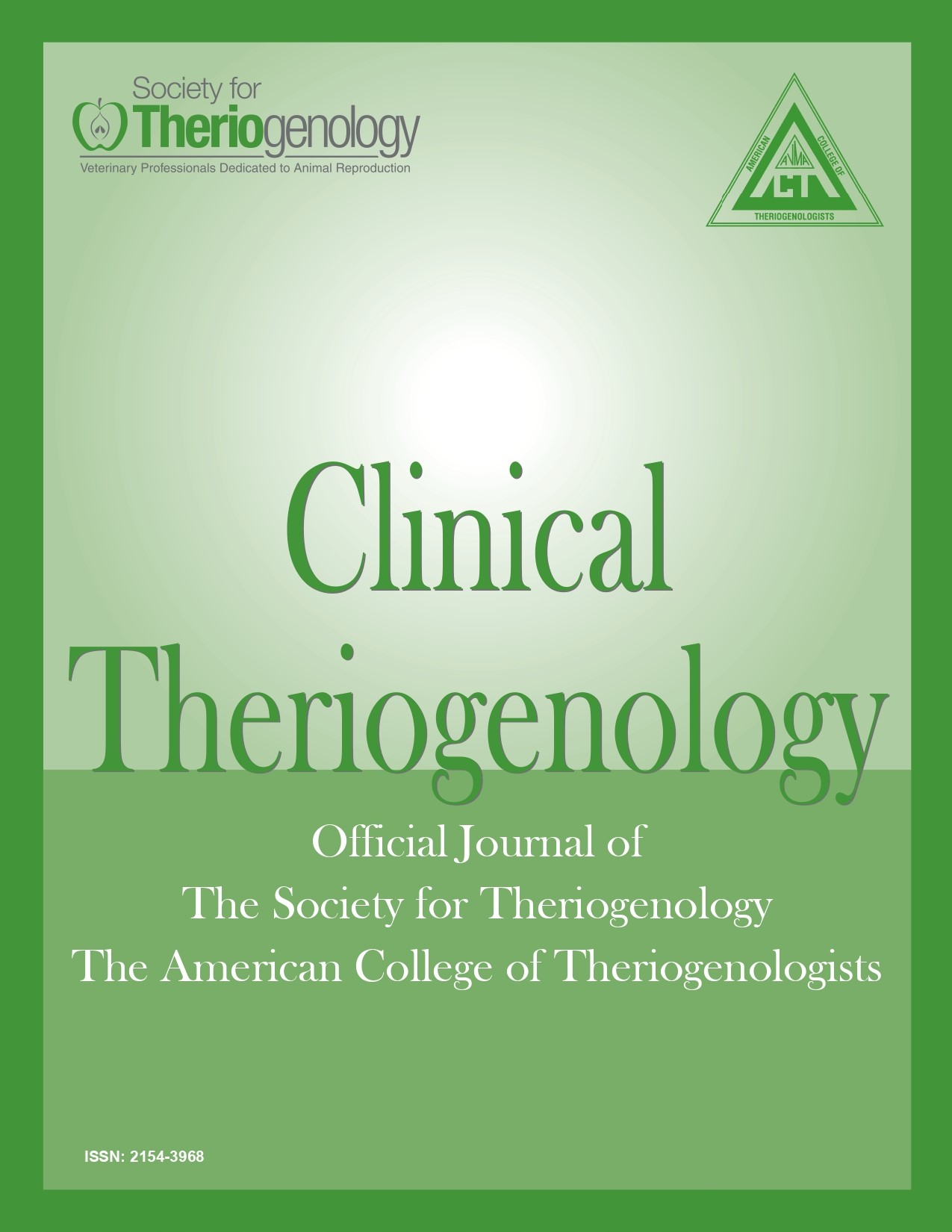Development and validation of a low-fidelity, low-cost surgical simulation model to teach canine orchiectomy
Abstract
At The Ohio State University College of Veterinary Medicine, limited opportunity for hands-on experience during the first two years of academic study is often accompanied by lack of confidence regarding surgical skills, which can be associated with increased stress levels for students during the third and fourth years in a surgical setting. In this study, we aimed to test the hypothesis that a low-cost, lowfidelity surgical simulation model would improve surgical performance, increase student confidence and decrease anxiety. A surgical simulator for orchiectomy was created, and 24 volunteer students were recruited. The students were taught how to perform orchiectomy using lecture, video, and written material. Twelve students were assigned to the simulator and were provided surgical instruments and 30 minutes of training using the model. The other twelve students were provided surgical instruments and 30 minutes of basic training with surgical instruments and how to prepare for the surgical procedure. Seven days later, students were evaluated for surgical skills, knowledge and perceived confidence. A quiz was used to evaluate knowledge, a questionnaire was used to evaluate perceived confidence, and a cadaver orchiectomy was used to evaluate surgical skills. On the day of the surgery, all students answered a ten question quiz, completed a questionnaire, performed orchiectomy on a cadaver, and were graded using recorded video and a grading rubric. Students who had used the model performed better on the quiz and indicated in the questionnaire that practice with the model had improved their perceived performance, increased confidence, and decreased stress. Scores for the following surgical steps during the cadaver orchiectomy were significantly higher for students who had used the model compared to those who had not: spermatic fascia disruption (p=0.041) as well as clamping and ligation of both the first (p=0.0032) and second (p=0.024) spermatic cords. Surgical time to clamp and ligate the first spermatic cord also was significantly decreased in students who had used the model (p=0.0086). Our findings suggest that use of a low-fidelity surgical model can help students develop surgical skills during early stages of training and may improve surgical performance.
Downloads

This work is licensed under a Creative Commons Attribution-NonCommercial 4.0 International License.
Authors retain copyright of their work, with first publication rights granted to Clinical Theriogenology. Read more about copyright and licensing here.





